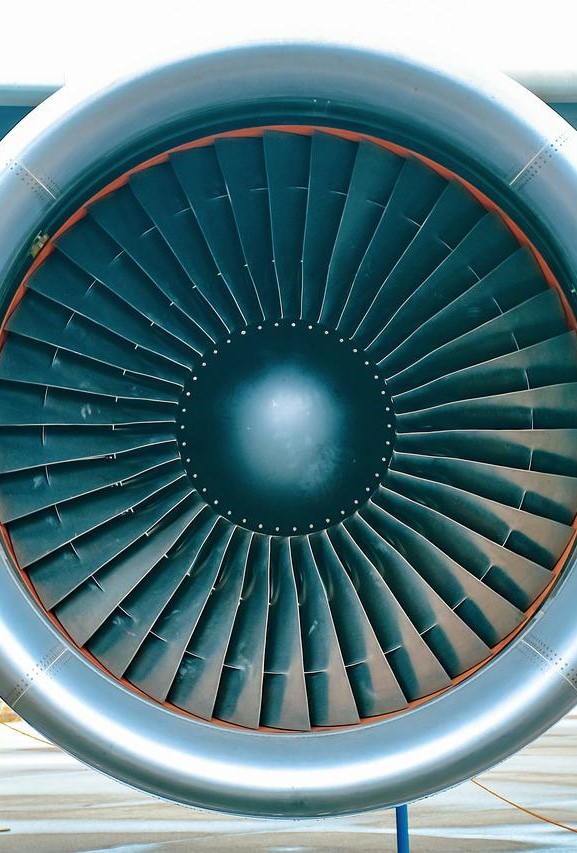
Advanced Configurations
Advanced Configurations

Mission
The mission of the Advanced Configurations Division (ACD) is to cultivate the next generation of aircraft designer and advance the state of the art in aircraft design through innovative Multi-Disciplinary Analysis and Optimization (MDAO) methods, incorporating system-level analysis and high-fidelity physics-based simulations.
Functions
ACD is focused on conceptual to early preliminary design for subsonic, supersonic, and Vertical Take Off and Landing (VTOL) vehicles as well as flight physics simulation in terms of aerodynamics, structures, flight mechanics and controls, and aeroacoustics. Its core functions include:
- Flight Physics
- Systems Analysis
- Subsonic Configurations
- Supersonic Configurations
- VTOL Configurations
Activities

- ACD develops capabilities in steady, inviscid, and viscous computational fluid dynamics (CFD), finite element models (FEM), and computational aeroacoustics (CAA).
- To support its systems analysis and technology assessment functions, ACD maintains the design tools Environmental Design Space (EDS) and Framework for Advanced Supersonic Transports (FASST).
- EDS remains the main modeling and simulation environment used for both NASA and FAA programs
- FASST is focused on modeling supersonic vehicles and is being used to investigate the interdependency between fuel burn and take-off and landing noise for future supersonic commercial transports.
- One of the main goals for ACD is to develop ASDL concepts for future focused research.
- ACD has recently undertaken an endeavor to develop Olympus, a modular framework that allows for flexible definition of air vehicle MDAO architectures that can be tailored to individual novel aircraft
